NASA Astronaut Sets Record for Longest Trip to Space by an American
When Frank Rubio returns from the International Space Station on September 27, he will have spent 371 consecutive days in space
/https://tf-cmsv2-smithsonianmag-media.s3.amazonaws.com/accounts/headshot/Will-Sullivan-photo.png)
Will Sullivan
Daily Correspondent
:focal(2784x1856:2785x1857)/https://tf-cmsv2-smithsonianmag-media.s3.amazonaws.com/filer_public/fc/73/fc73fa51-38cc-4d3f-8304-cbbedc72ea94/iss068e017867orig.jpg)
NASA astronaut Frank Rubio broke the record for the longest journey in space by an American, at 355 consecutive days as of Monday.
Since September 2022, Rubio has been living on the International Space Station (ISS). By the time he returns to Earth at the end of the month, he will have spent more than a year in space, according to NASA .
A physician who has previously worked as a helicopter pilot and flight surgeon, Rubio became a NASA astronaut in 2017. He departed for the International Space Station on September 21, 2022, launching away from Earth on the Russian Soyuz MS-22 spacecraft, accompanied by Russian cosmonauts Sergey Prokopyev and Dmitri Petelin.
The crew was originally scheduled to stay on the ISS for six months. But in December, while their capsule was docked at the ISS, it developed a coolant leak, per the Associated Press (AP). In January, NASA announced that the compromised spacecraft would not be used for a normal crew return and would only carry people from the space station in the case of an emergency. It returned to Earth with no passengers on March 28.
Another spacecraft, the Soyuz MS-23, was originally intended to bring a subsequent crew to and from the ISS in March. Instead, it launched as a replacement ship for Rubio, Prokopyev and Petelin on February 23 . Because Russia needed time to prepare an additional Soyuz spacecraft to transport a replacement crew, the original crew’s stay was extended until September, per CNN ’s Jackie Wattles.
“I think this [record] is really significant in the sense that it teaches us that the human body can endure, it can adapt and—as we prepare to push back to the moon and then from then, onward onto hopefully Mars and further on in the solar system—I think it’s really important that we learn just how the human body learns to adapt, and how we can optimize that process so that we can improve our performance as we explore further and further out from Earth,” Rubio said in an August interview with Good Morning America .
Rubio officially surpassed the previous American record for longest space mission at 1:39 p.m. Eastern time on Monday, according to Space.com ’s Robert Z. Pearlman. The previous record was held by NASA astronaut Mark Vande Hei , whose 355-day mission on the ISS lasted from April 9, 2021, to March 30, 2022. Vande Hei’s stay was also longer than originally intended—when Russia sent two people to the ISS to film a movie, the additional space station traffic delayed Vande Hei’s departure, writes CNN.
When Rubio returns to Earth with his crewmates on September 27, the length of his journey will have stretched to 371 days, per the AP. That’s still well short of the world record for a stint in space, set by Russian cosmonaut Valeri Polyakov. He spent 437.7 days on the Russian space station Mir between 1994 and 1995, orbiting our planet 7,075 times during his stay, according to the New Mexico Museum of Space History .
Spending extended periods of time in a microgravity environment like the ISS comes with health risks. Long stays in space can cause a loss of bone density, a reduction in muscle mass and vision problems . It can also cause the brain to expand , according to a study published in June.
Astronauts can also experience issues with their equilibrium when they first return to Earth, Rubio said during the Good Morning America interview, per ABC News ’ Mary Kekatos.
“I’m not sure how it will be for me,” he said to Good Morning America. “I’m preparing for the fact that it might be a challenge, that it might take a couple of days before I’m somewhat normal, but the reality is it’s going to take anywhere from two to six months of really intense rehab to get back to my normal, and that’s just part of the process.”
Get the latest stories in your inbox every weekday.
/https://tf-cmsv2-smithsonianmag-media.s3.amazonaws.com/accounts/headshot/Will-Sullivan-photo.png)
Will Sullivan | | READ MORE
Will Sullivan is a science writer based in Washington, D.C. His work has appeared in Inside Science and NOVA Next .

Voyager, NASA’s Longest-Lived Mission, Logs 45 Years in Space

This archival image taken at NASA’s Jet Propulsion Laboratory on March 23, 1977, shows engineers preparing the Voyager 2 spacecraft ahead of its launch later that year.
Launched in 1977, the twin Voyager probes are NASA’s longest-operating mission and the only spacecraft ever to explore interstellar space.
NASA’s twin Voyager probes have become, in some ways, time capsules of their era: They each carry an eight-track tape player for recording data, they have about 3 million times less memory than modern cellphones, and they transmit data about 38,000 times slower than a 5G internet connection.
Yet the Voyagers remain on the cutting edge of space exploration. Managed and operated by NASA’s Jet Propulsion Laboratory in Southern California, they are the only probes to ever explore interstellar space – the galactic ocean that our Sun and its planets travel through.
The Sun and the planets reside in the heliosphere, a protective bubble created by the Sun’s magnetic field and the outward flow of solar wind (charged particles from the Sun). Researchers – some of them younger than the two distant spacecraft – are combining Voyager’s observations with data from newer missions to get a more complete picture of our Sun and how the heliosphere interacts with interstellar space.
NASA’s Solar System Interactive lets users see where the Voyagers are right now relative to the planets, the Sun, and other spacecraft. View it yourself here . Credit: NASA/JPL-Caltech
“The heliophysics mission fleet provides invaluable insights into our Sun, from understanding the corona or the outermost part of the Sun’s atmosphere, to examining the Sun’s impacts throughout the solar system, including here on Earth, in our atmosphere, and on into interstellar space,” said Nicola Fox, director of the Heliophysics Division at NASA Headquarters in Washington. “Over the last 45 years, the Voyager missions have been integral in providing this knowledge and have helped change our understanding of the Sun and its influence in ways no other spacecraft can.”
The Voyagers are also ambassadors, each carrying a golden record containing images of life on Earth, diagrams of basic scientific principles, and audio that includes sounds from nature, greetings in multiple languages, and music. The gold-coated records serve as a cosmic “message in a bottle” for anyone who might encounter the space probes. At the rate gold decays in space and is eroded by cosmic radiation, the records will last more than a billion years.
45 Years of Voyager I and II
Launched in 1977, NASA’s twin Voyager spacecraft inspired the world with pioneering visits to Jupiter, Saturn, Uranus, and Neptune. Their journey continues 45 years later as both probes explore interstellar space, the region outside the protective heliosphere created by our Sun. Researchers – some younger than the spacecraft – are now using Voyager data to solve mysteries of our solar system and beyond.

This archival photo shows engineers working on vibration acoustics and pyro shock testing of NASA’s Voyager on Nov. 18, 1976. Credit: NASA/JPL-Caltech

NASA’s Voyager 1 acquired this image of a volcanic explosion on Io on March 4, 1979, about 11 hours before the spacecraft’s closest approach to the moon of Jupiter.

Neptune’s green-blue atmosphere was shown in greater detail than ever before in this image from NASA’s Voyager 2 as the spacecraft rapidly approached its encounter with the giant planet in August 1989.

This updated version of the iconic "Pale Blue Dot" image taken by the Voyager 1 spacecraft uses modern image-processing software and techniques to revisit the well-known Voyager view while attempting to respect the original data and intent of those who planned the images.

This illustrated graphic was made to mark Voyager 1’s entry into interstellar space in 2012. It puts solar system distances in perspective, with the scale bar in astronomical units and each set distance beyond 1 AU (the average distance between the Sun and Earth) representing 10 times the previous distance.

This graphic highlights some of the Voyager mission’s key accomplishments. Credit: NASA/JPL-Caltech Full image details

This graphic provides some of the mission’s key statistics from 2018, when NASA’s Voyager 2 probe exited the heliosphere. Credit: NASA/JPL-Caltech Full image details
Beyond Expectations
Voyager 2 launched on Aug. 20, 1977, quickly followed by Voyager 1 on Sept. 5. Both probes traveled to Jupiter and Saturn, with Voyager 1 moving faster and reaching them first. Together, the probes unveiled much about the solar system’s two largest planets and their moons. Voyager 2 also became the first and only spacecraft to fly close to Uranus (in 1986) and Neptune (in 1989), offering humanity remarkable views of – and insights into – these distant worlds.
While Voyager 2 was conducting these flybys, Voyager 1 headed toward the boundary of the heliosphere. Upon exiting it in 2012 , Voyager 1 discovered that the heliosphere blocks 70% of cosmic rays, or energetic particles created by exploding stars. Voyager 2, after completing its planetary explorations, continued to the heliosphere boundary, exiting in 2018 . The twin spacecraft’s combined data from this region has challenged previous theories about the exact shape of the heliosphere.

Voyager 1 and 2 have accomplished a lot since they launched in 1977. This infographic highlights the mission’s major milestones, including visiting the four outer planets and exiting the heliosphere, or the protective bubble of magnetic fields and particles created by the Sun.
“Today, as both Voyagers explore interstellar space, they are providing humanity with observations of uncharted territory,” said Linda Spilker, Voyager’s deputy project scientist at JPL. “This is the first time we’ve been able to directly study how a star, our Sun, interacts with the particles and magnetic fields outside our heliosphere, helping scientists understand the local neighborhood between the stars, upending some of the theories about this region, and providing key information for future missions.”
The Long Journey
Over the years, the Voyager team has grown accustomed to surmounting challenges that come with operating such mature spacecraft, sometimes calling upon retired colleagues for their expertise or digging through documents written decades ago.
Each Voyager is powered by a radioisotope thermoelectric generator containing plutonium, which gives off heat that is converted to electricity. As the plutonium decays, the heat output decreases and the Voyagers lose electricity. To compensate , the team turned off all nonessential systems and some once considered essential, including heaters that protect the still-operating instruments from the frigid temperatures of space. All five of the instruments that have had their heaters turned off since 2019 are still working, despite being well below the lowest temperatures they were ever tested at.
Get the Latest JPL News
Recently, Voyager 1 began experiencing an issue that caused status information about one of its onboard systems to become garbled. Despite this, the system and spacecraft otherwise continue to operate normally, suggesting the problem is with the production of the status data, not the system itself. The probe is still sending back science observations while the engineering team tries to fix the problem or find a way to work around it.
“The Voyagers have continued to make amazing discoveries, inspiring a new generation of scientists and engineers,” said Suzanne Dodd, project manager for Voyager at JPL. “We don’t know how long the mission will continue, but we can be sure that the spacecraft will provide even more scientific surprises as they travel farther away from the Earth.”
More About the Mission
A division of Caltech in Pasadena, JPL built and operates the Voyager spacecraft. The Voyager missions are a part of the NASA Heliophysics System Observatory, sponsored by the Heliophysics Division of the Science Mission Directorate in Washington.
For more information about the Voyager spacecraft, visit:
https://www.nasa.gov/voyager
News Media Contact
Calla Cofield
Jet Propulsion Laboratory, Pasadena, Calif.
626-808-2469
Russian cosmonaut Oleg Kononeko breaks record for longest time spent in space — and he still has 6 months to go
Oleg Kononeko has broken the record for most cumulative time spent in space after spending his 878th non-continuous day onboard the International Space Station. But he won't return to Earth until September.
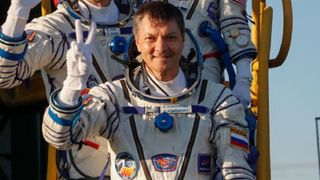
Russian cosmonaut Oleg Kononenko recently broke the record for most cumulative time spent in space while circling Earth in the International Space Station (ISS). The new record, which will continually extend until he returns to Earth later this year, could remain unchallenged for years to come.
On Feb. 4, 59-year-old Kononenko surpassed fellow cosmonaut Gennady Padalka's cumulative record of 878 days, 11 hours, 29 minutes and 48 seconds spent in space, the Russian state-owned news site TASS announced the same day .
Kononenko is currently participating in his fifth mission on the ISS since his first flight in 2008, which is the joint most missions on the station. He arrived for his most recent mission on Sept. 15, 2023, and is expected to stay on the ISS until Sept. 23 this year, by which time he will have spent 1,110 days in space, Live Science's sister site Space.com reported .
To put this into context, by the time Kononenko returns to Earth, he will be single-handedly responsible for around 1.5% of the total time spent in space by more than 600 humans over the last 63 years, since the first human space flight was accomplished by Kononeko's compatriot Yuri Gagarin .
"I fly into space to do my favorite thing, not to set records," Kononeko told TASS, as reported by Reuters .
Related: Record-breaking astronaut Frank Rubio finally returns to Earth after accidentally spending 371 days in space
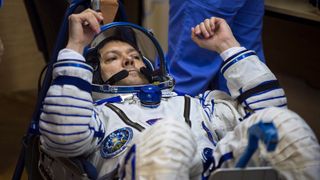
It is currently unclear if this will be Kononeko's last mission in space. But he told TASS that being a cosmonaut, or Russian astronaut, is "becoming more complicated" and that preparing for missions "has not become easier" over time.
Sign up for the Live Science daily newsletter now
Get the world’s most fascinating discoveries delivered straight to your inbox.
Regardless of any future missions, Kononeko's record-breaking time in space will help scientists learn more about the physiological effects of living in space , such as muscle degeneration, bone loss , reduced eyesight and impaired balance.
Kononeko's record will likely remain unbroken for quite some time because the next 10 entries in the list of astronauts with the longest cumulative time spent in space — nine of which are also Russian or were part of the former Soviet Union — are either retired or dead. Russia dominates this list largely because the Russian space agency Roscosmos allows its cosmonauts to spend longer periods in space than NASA does.
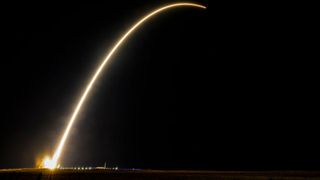
The next active astronaut on the list is cosmonaut Sergey Prokopyev, who is currently 12th in rank and who has spent 567 non-consecutive days in space. However, Roscosmos is expected to fully withdraw from the ISS by 2025 , which means that Prokopyev and other cosmonauts won't be able to spend extended periods in space until they create their own space station, such as China's Tiangong space station , or build a base on the moon .
— NASA astronauts finally find 1-inch tomato that was 'lost in space' for 8 months
— Watch Chinese astronauts light a spherical fire in risky open-flame experiment on Tiangong space station
— Astronauts accidentally dropped a tool bag on a spacewalk, and you can see it with binoculars
The only American and female in the top 10 list of cumulative days in space is NASA's Peggy Whitson, who is ninth on the list and spent 675 non-consecutive days in space across four ISS missions. This is an impressive feat considering NASA normally only allows men to spend the longest periods in space , because they have a higher risk of developing cancer from ionizing radiation in space.
The longest continuous stay in space is also held by a Russian named Valeri Polyakov, who spent 437 consecutive days onboard the former Mir space station between 1994 and 1995.

Harry is a U.K.-based senior staff writer at Live Science. He studied marine biology at the University of Exeter before training to become a journalist. He covers a wide range of topics including space exploration, planetary science, space weather, climate change, animal behavior, evolution and paleontology. His feature on the upcoming solar maximum was shortlisted in the "top scoop" category at the National Council for the Training of Journalists (NCTJ) Awards for Excellence in 2023.
NASA engineers discover why Voyager 1 is sending a stream of gibberish from outside our solar system
The moon is getting its own time zone, White House memo to NASA reveals
Longest eclipse ever: How scientists rode the supersonic Concorde jet to see a 74-minute totality
Most Popular
By Elise Poore April 05, 2024
By Keumars Afifi-Sabet April 05, 2024
By Ben Turner April 05, 2024
By Sascha Pare April 05, 2024
By Patrick Pester April 05, 2024
By Daisy Dobrijevic April 05, 2024
By Joanna Thompson April 05, 2024
By Brandon Specktor April 04, 2024
By Ben Turner April 04, 2024
By Nicoletta Lanese April 04, 2024
By Jonathan Gilbert April 04, 2024
- 2 James Webb telescope confirms there is something seriously wrong with our understanding of the universe
- 3 Nuclear fusion reactor in South Korea runs at 100 million degrees C for a record-breaking 48 seconds
- 4 'It's had 1.1 billion years to accumulate': Helium reservoir in Minnesota has 'mind-bogglingly large' concentrations
- 5 April 8 total solar eclipse: Everything you need to know
- 2 Giant coyote killed in southern Michigan turns out to be a gray wolf — despite the species vanishing from region 100 years ago
- 3 James Webb telescope confirms there is something seriously wrong with our understanding of the universe
- 4 Cholesterol-gobbling gut bacteria could protect against heart disease
- 5 'Gambling with your life': Experts weigh in on dangers of the Wim Hof method
Space Station
Christina Koch Completes 328-Day Mission in Space
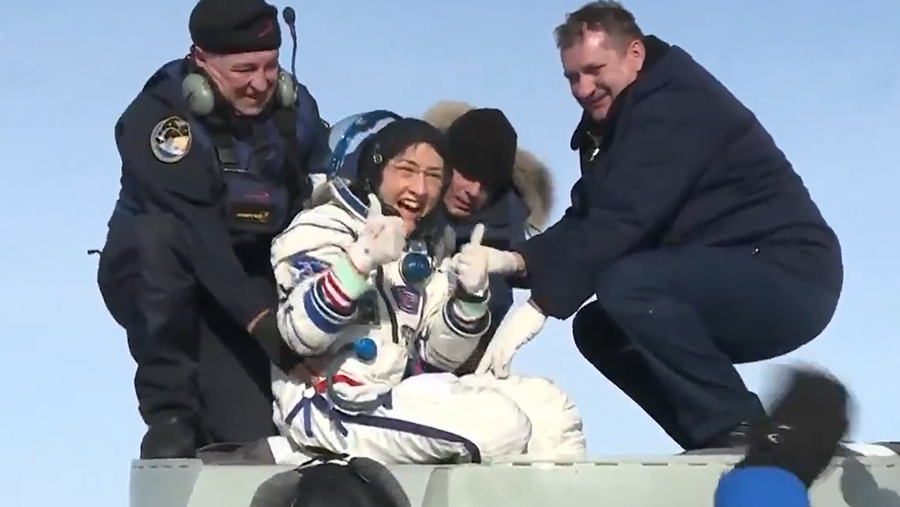
Setting a record for the longest single spaceflight in history by a woman, NASA astronaut Christina Koch , Soyuz Commander Alexander Skvortsov of Roscosmos and Luca Parmitano of ESA (European Space Agency) landed on Earth at 4:12 a.m. EST in Kazakhstan, southeast of the remote town of Dzhezkazgan. The trio departed the International Space Station in their Soyuz MS-13 spacecraft at 12:50 a.m.
For Parmitano and Skvortsov, this landing completed a 201-day stay in space, 3,216 orbits of Earth and a journey of 85.2 million miles.
Koch’s first journey into space became a 328-day mission in which she orbited Earth 5,248 times, a journey of 139 million miles, roughly the equivalent of 291 trips to the Moon and back. She conducted and supported more than 210 investigations during Expeditions 59, 60, and 61, including as a research subject volunteer to provide scientists the opportunity to observe effects of long-duration spaceflight on a woman as the agency plans to return to the Moon under the Artemis program and prepare for human exploration of Mars .
One particular research project in which Koch participated is the Vertebral Strength investigation, which better defines the extent of spaceflight-induced bone and muscle degradation of the spine, and the associated risk for broken vertebrae. This timely endeavor is expected to provide insight into the development of future countermeasures, such as preventative medicine or exercise. These results also could provide recommendations for limiting the amount of force astronauts are subjected to during launch.
Koch lived in space with four fellow NASA astronauts and classmates: Anne McClain , Nick Hague , Andrew Morgan , and Jessica Meir as well as four Russian cosmonauts, Canadian astronaut David Saint-Jacques , ESA astronaut Parmitano, and visiting astronaut Hazzaa Ali Almansoori from the United Arab Emirates (UAE).
Watch Koch’s most memorable moments from her record-breaking mission at: https://go.nasa.gov/36E40MZ
Learn more about space station activities by following @space_station and @ISS_Research on Twitter as well as the ISS Facebook and ISS Instagram accounts.
Leave a Reply Cancel reply
Your email address will not be published. Required fields are marked *
Save my name, email, and website in this browser for the next time I comment.

The Longest Journey

'Space: The Longest Goodbye' is an intimate glimpse at how astronauts cope with isolation (review)
This thoughtful new documentary debuts in theaters and streaming on Prime Video and Apple TV+ starting March 8.
It can get lonely in outer space.
Hollywood has examined how intrepid space travelers cope with universal feelings of loneliness, alienation and isolation for decades, most recently in Netflix's " Spaceman ," Apple TV+’s " Constellation ," and even back in "The Twilight Zone's" very first episode in 1959 titled "Where is Everybody?"
But in a more grounded, real-world take, director Ido Mizrahy's new 87-minute documentary, " Space: The Longest Goodbye ," deals with these complex issues of how NASA is training the next generation of astronauts who'll travel to Mars .
This award-winning film premiered at last year's Sundance Film Festival and is now being released in theaters and appearing on Prime Video and Apple TV+ streaming platforms beginning on Mar. 8, 2024.
Related: Can we live long and prosper in space? The astronaut health dilemma
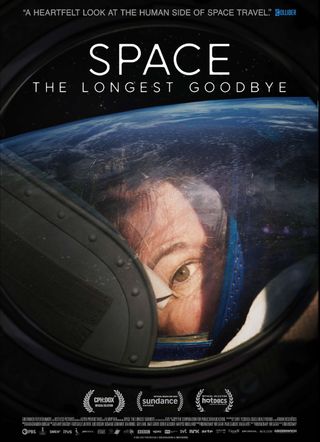
Here's the official synopsis:
"In the next decade, NASA will send astronauts to Mars for the first time. Separated from Earth, and unable to communicate with ground in real time, crew members will experience extreme isolation that could gravely affect their three-year journey. This Sundance-premiering documentary follows a savvy NASA psychologist tasked with protecting daring space explorers."
Get the Space.com Newsletter
Breaking space news, the latest updates on rocket launches, skywatching events and more!
Mizrahy's enlightening examination of these mental and physical health risks follows Dr. Al Holland, a certified NASA psychologist who is dedicated to maintaining astronauts' cool and calm demeanor during a round-trip Mars mission in the future.
"Space: The Longest Goodbye" spotlights rookie astronauts Kayla Barron and Matthias Maurer, Dr. Jack Stuster, Dr. Alexandra Whitmire, ex-astronaut Cady Coleman, Sukjin Han, Jackie Morie and others as they discuss common symptoms of stress, anxiety, and claustrophobia that manifest themselves in outer space.
Dr. Holland is the featured Houston psychologist here, brought in by NASA to cobble together a "Frankenstein" program back in 1994 to deliver psychological support for astronauts that would live and work inside an orbital base and research facility that came to be known as the International Space Station.

Mizrahy and co-writer Nir Sa'ar whisk us from archival footage of the early test pilot astronauts recruited for the Mercury program, then onward to the recent past of the '90s and the mounting challenges of today's Artemis moon missions and beyond, exploring the conversation of prolonged separation from Earth and the deprivation of personal contact that will be encountered on long duration missions to the Red Planet that could launch in the next decade.
This timely documentary is most engaging when dealing with astronauts' personal thoughts written in their journals regarding on-the-job struggles, domestic matters, disrupted sleep cycles, and doubts about their stamina. Using the International Space Station as a testing ground to apply certain coping methods allowed Dr. Holland and his larger team to be able to observe and document what situations might arise when the miles from Earth grow longer and the heart yearns for more.
Kayla Barron, part of NASA's Artemis Program, is one of the newbie astronauts in the film and we're introduced to her amiable husband, Tom, who voices his private apprehensions having his wife off-planet for nearly three years. With her humor, adaptability and introspection, she represents the exact type of solid Mars candidate Holland is hoping to attract who’ll bring NASA a degree of confidence that they'll remain stable far from home in the absence of real-time communications.
— Everything we know about '3 Body Problem'
— 'Spaceman' sees Adam Sandler shine as a cosmonaut in crisis in Netflix's somber sci-fi film (review)
— 'Dune: Part Two' tries to find its pulse in a plodding sci-fi spectacle (review)
Another prominent segment centers on Cady Coleman, who in 2007 spent six months on the ISS when her son Jamey was a fourth-grader. "The Longest Goodbye" reveals dual timelines from past webcam interactions aboard the ISS and present-day interviews that show how the stress of being away from her family can escalate.
Via CG shots, actual ISS footage, Mars simulators, reenactments, and thoughtful commentary by Holland, Mizrahy's eye-opening documentary delves into mental matters that will determine whether or not humankind encounters success or failure as it edges into a much larger universe, and invites viewers to become more intimate with the all-encompassing human frailties involved in leaving our Big Blue Marble.
From Greenwich Entertainment and produced by Ido Mizrahy, Nir Sa'ar, Valda Witt, and Paul Cadieux, "Space: The Longest Goodbye" lands in theaters, Prime Video, and Apple TV+ Mar. 8.
Join our Space Forums to keep talking space on the latest missions, night sky and more! And if you have a news tip, correction or comment, let us know at: [email protected].

Jeff Spry is an award-winning screenwriter and veteran freelance journalist covering TV, movies, video games, books, and comics. His work has appeared at SYFY Wire, Inverse, Collider, Bleeding Cool and elsewhere. Jeff lives in beautiful Bend, Oregon amid the ponderosa pines, classic muscle cars, a crypt of collector horror comics, and two loyal English Setters.
This Week In Space podcast: Episode 105 — Apoc-eclipse 2024!
'Star Trek: Discovery' season 5 episode 2 sows the seeds of seasonal plot threads (Under the Twin Moons recap)
I'm driving 6 hours through New York's Adirondacks to see the 2024 total solar eclipse from Potsdam. Here's why.
- Skip to main content
- Keyboard shortcuts for audio player
A NASA astronaut is back on Earth after a year in space, the longest for an American
Ayana Archie

This image provided by NASA shows astronaut Frank Rubio floating inside the cupola, the International Space Station's "window to the world." Rubio now holds the record for the longest U.S. spaceflight. Rubio surpassed the U.S. record of 355 days on Monday, Sept. 11, 2023, at the International Space Station. He arrived at the outpost last September with two Russians for a routine six months. NASA via AP hide caption
This image provided by NASA shows astronaut Frank Rubio floating inside the cupola, the International Space Station's "window to the world." Rubio now holds the record for the longest U.S. spaceflight. Rubio surpassed the U.S. record of 355 days on Monday, Sept. 11, 2023, at the International Space Station. He arrived at the outpost last September with two Russians for a routine six months.
Astronaut Frank Rubio is back from space, after breaking the record for the longest space trip in history by an American.
After spending 371 days in space, Rubio landed in Kazakhstan at 7:17 a.m. ET on Wednesday with his crewmates, Russian cosmonauts Sergey Prokopyev and Dmitri Petelin.
Rubio, who is from Miami, graduated from the NASA astronaut program in 2019. He was launched into space for the first time on Sep. 21, 2022.
On Sep. 11, he surpassed Mark Vande Hei's previous record of 355 days for the longest spaceflight by an American astronaut. He reached the one-year milestone last Thursday.
"It's been a mixed emotional roller coaster to a certain degree because personally, it was an incredible challenge, and it was difficult," Rubio said last week in an interview from the International Space Station. "Professionally, it was incredibly rewarding. It's a huge honor and it's a privilege to represent our office and our team this way."

NASA releases 'baby picture' of a star that will grow up to be much like our sun
The record for longest spaceflight overall is held by Russian cosmonaut Valeri Polyakov — 437 days in the mid-1990s .
Rubio initially thought the mission would be six months long, but the spacecraft he was aboard began leaking coolant and NASA said it couldn't make a normal return to Earth. So Russia's space agency sent an uncrewed spacecraft to the International Space Station to bring them home.
Rubio said when faced with the challenges of the mission, he tried to stay positive, relax and communicate with loved ones back home. Having a good team surrounding him also helped.
But if he had known before launch that the mission would last a year, Rubio said, he likely would have refused, because it would be too much time away from his wife and four children.
"But once you commit to the mission, once you're a part of the training, really all the assets and all the preparation that goes into you, the mission kind of counts on you."

New NASA report lays out roadmap for studying UFOs
Rubio completed nearly 6,000 orbits and traveled more than 157 million miles during his journey, which is about 328 trips to the Moon and back, NASA said.
While in space, he studied plant and physical sciences, NASA said.
Rubio will fly to Houston from Kazakhstan after going through medical checks, and said last week he is most looking forward to seeing his family again, the peace and quiet of his backyard and a fresh salad.
Before he was an astronaut, Rubio was a lieutenant colonel in the U.S. Army, where he flew Blackhawk helicopters and was a combat soldier during deployments in Afghanistan, Iraq and Bosnia. Rubio also received his doctorate of medicine in 2010 and is certified as a family physician and flight surgeon, according to his NASA biography .
NASA astronauts train for up to two years before embarking on a mission to space.
When starting the mission, Rubio said he felt queasy for a couple hours as his body adapted to being without gravity. He felt better the next morning, he added.
It could take two to six months for his body to get used to walking, standing and bearing weight again
NASA said Rubio's yearlong mission helps the agency understand spaceflight's impact on the human body longterm, as it aims to continue exploration missions on the Moon and Mars.
"Frank's record-breaking time in space is not just a milestone; it's a major contribution to our understanding of long-duration space missions," NASA Administrator Bill Nelson said. "Our astronauts make extraordinary sacrifices away from their homes and loved ones to further discovery."

Suggested Searches
- Climate Change
- Expedition 64
- Mars perseverance
- SpaceX Crew-2
- International Space Station
- View All Topics A-Z
Humans in Space
Earth & climate, the solar system, the universe, aeronautics, learning resources, news & events.
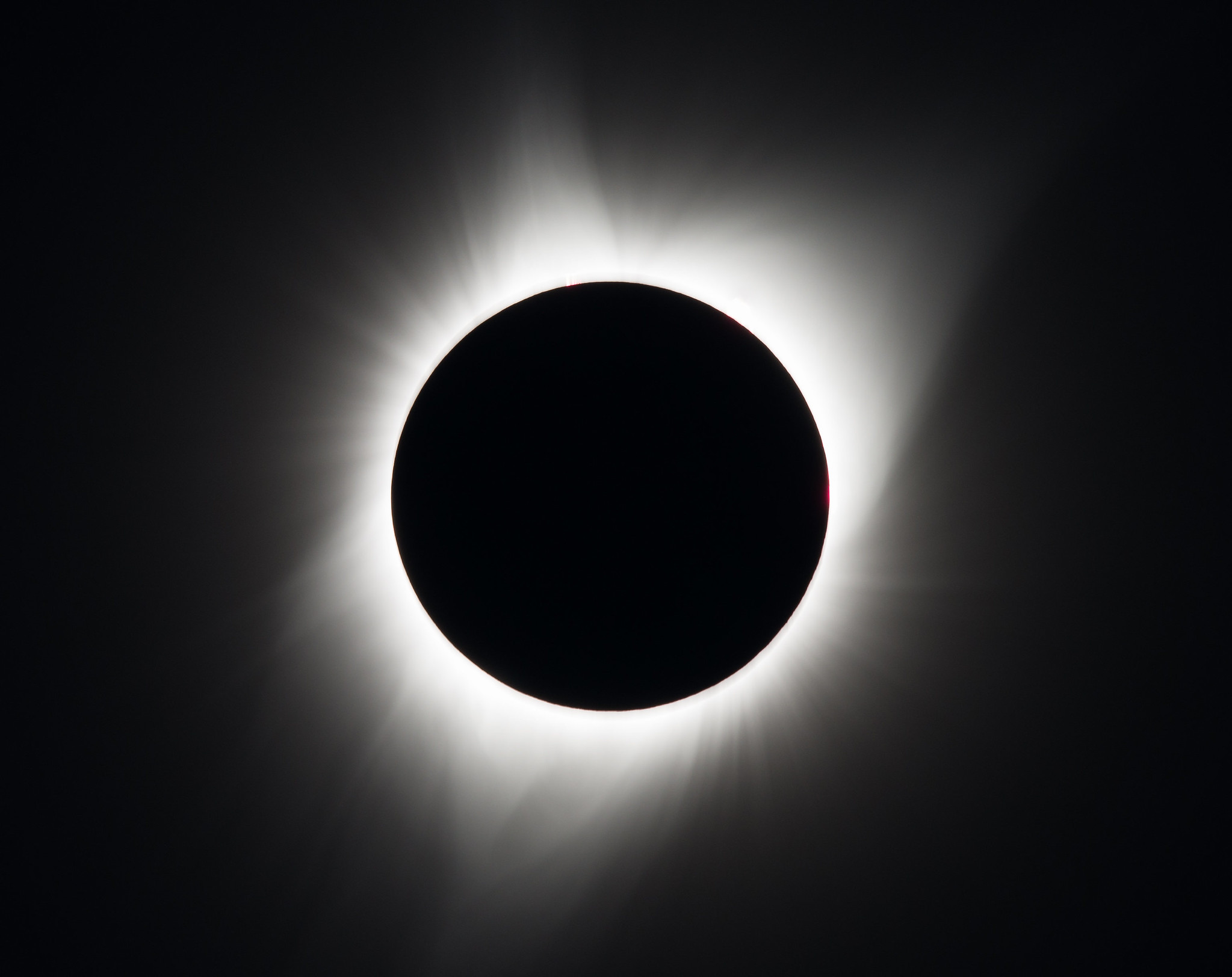
2024 Total Solar Eclipse Broadcast
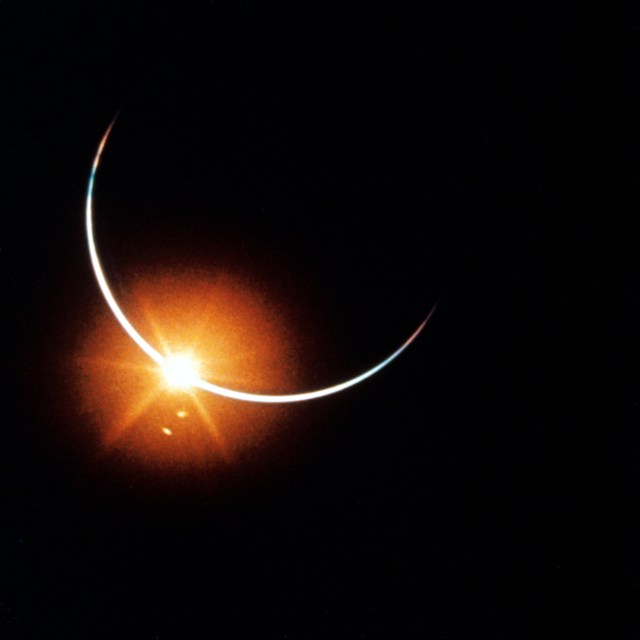
Eclipses Near and Far
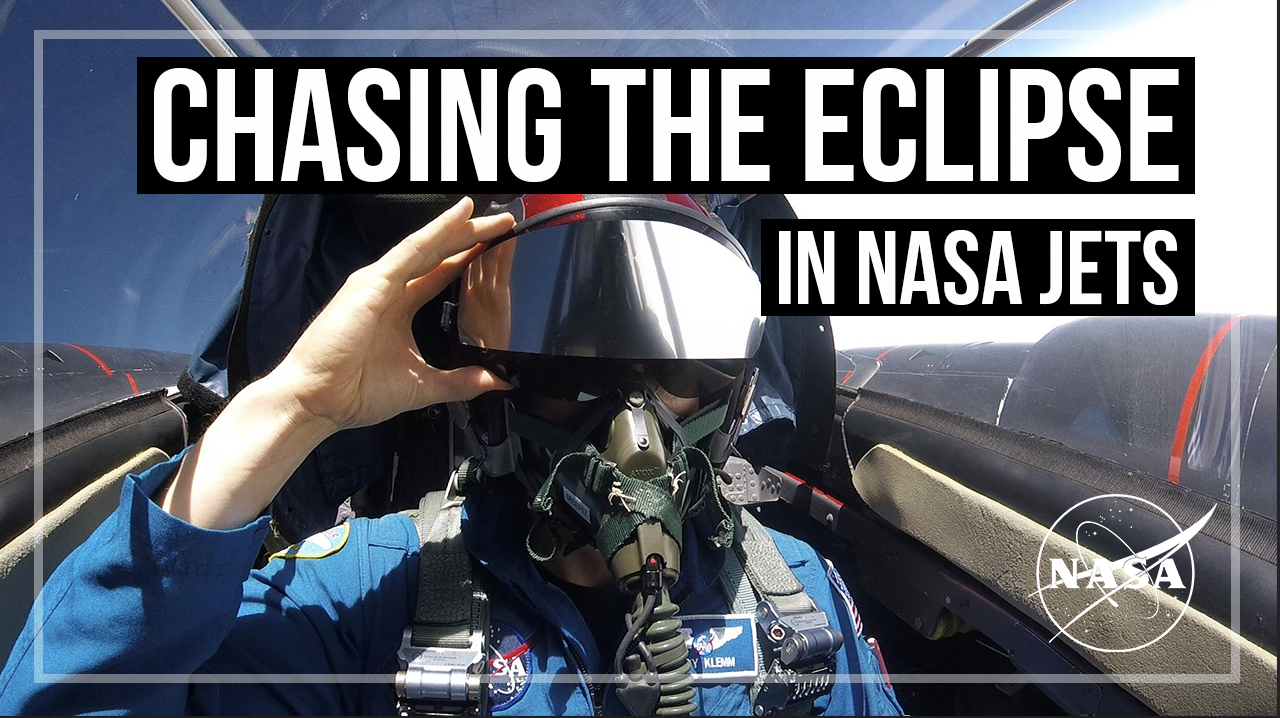
Scientists Pursue the Total Solar Eclipse with NASA Jet Planes
- Search All NASA Missions
- A to Z List of Missions
- Upcoming Launches and Landings
- Spaceships and Rockets
- Communicating with Missions
- James Webb Space Telescope
- Hubble Space Telescope
- Why Go to Space
- Astronauts Home
- Commercial Space
- Destinations
- Living in Space
- Explore Earth Science
- Earth, Our Planet
- Earth Science in Action
- Earth Multimedia
- Earth Science Researchers
- Pluto & Dwarf Planets
- Asteroids, Comets & Meteors
- The Kuiper Belt
- The Oort Cloud
- Skywatching
- The Search for Life in the Universe
- Black Holes
- The Big Bang
- Dark Energy & Dark Matter
- Earth Science
- Planetary Science
- Astrophysics & Space Science
- The Sun & Heliophysics
- Biological & Physical Sciences
- Lunar Science
- Citizen Science
- Astromaterials
- Aeronautics Research
- Human Space Travel Research
- Science in the Air
- NASA Aircraft
- Flight Innovation
- Supersonic Flight
- Air Traffic Solutions
- Green Aviation Tech
- Drones & You
- Technology Transfer & Spinoffs
- Space Travel Technology
- Technology Living in Space
- Manufacturing and Materials
- Science Instruments
- For Kids and Students
- For Educators
- For Colleges and Universities
- For Professionals
- Science for Everyone
- Requests for Exhibits, Artifacts, or Speakers
- STEM Engagement at NASA
- NASA's Impacts
- Centers and Facilities
- Directorates
- Organizations
- People of NASA
- Internships
- Our History
- Doing Business with NASA
- Get Involved
- Aeronáutica
- Ciencias Terrestres
- Sistema Solar
- All NASA News
- Video Series on NASA+
- Newsletters
- Social Media
- Media Resources
- Upcoming Launches & Landings
- Virtual Events
- Sounds and Ringtones
- Interactives
- STEM Multimedia
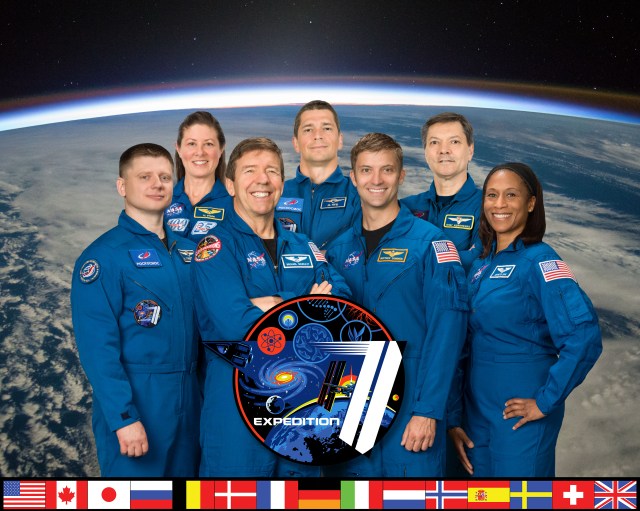
Expedition 71
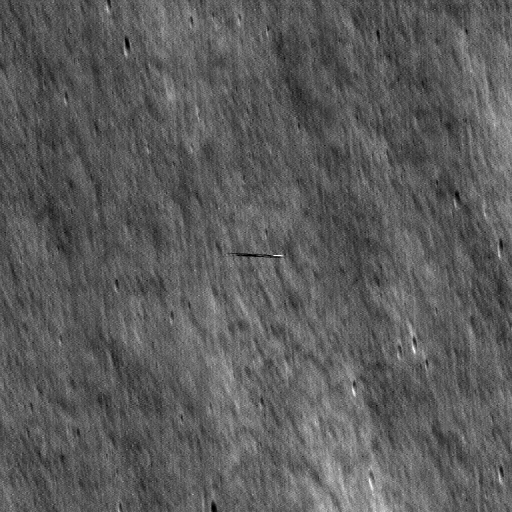
NASA’s LRO Finds Photo Op as It Zips Past SKorea’s Danuri Moon Orbiter
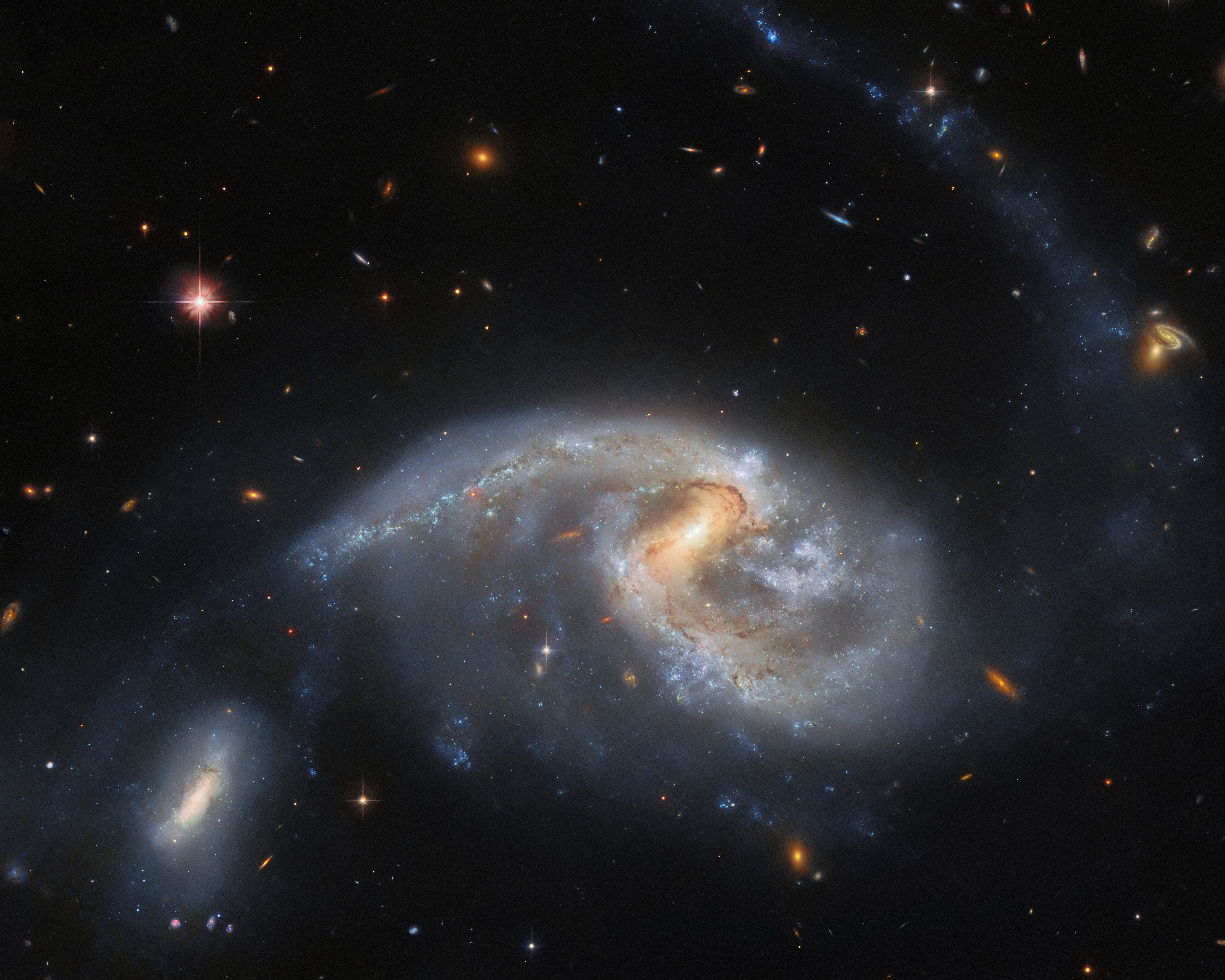
Hubble Peers at Pair of Closely Interacting Galaxies


NASA Astronaut Loral O’Hara, Expedition 70 Science Highlights

Diez maneras en que los estudiantes pueden prepararse para ser astronautas

Optical Fiber Production

How NASA Spotted El Niño Changing the Saltiness of Coastal Waters
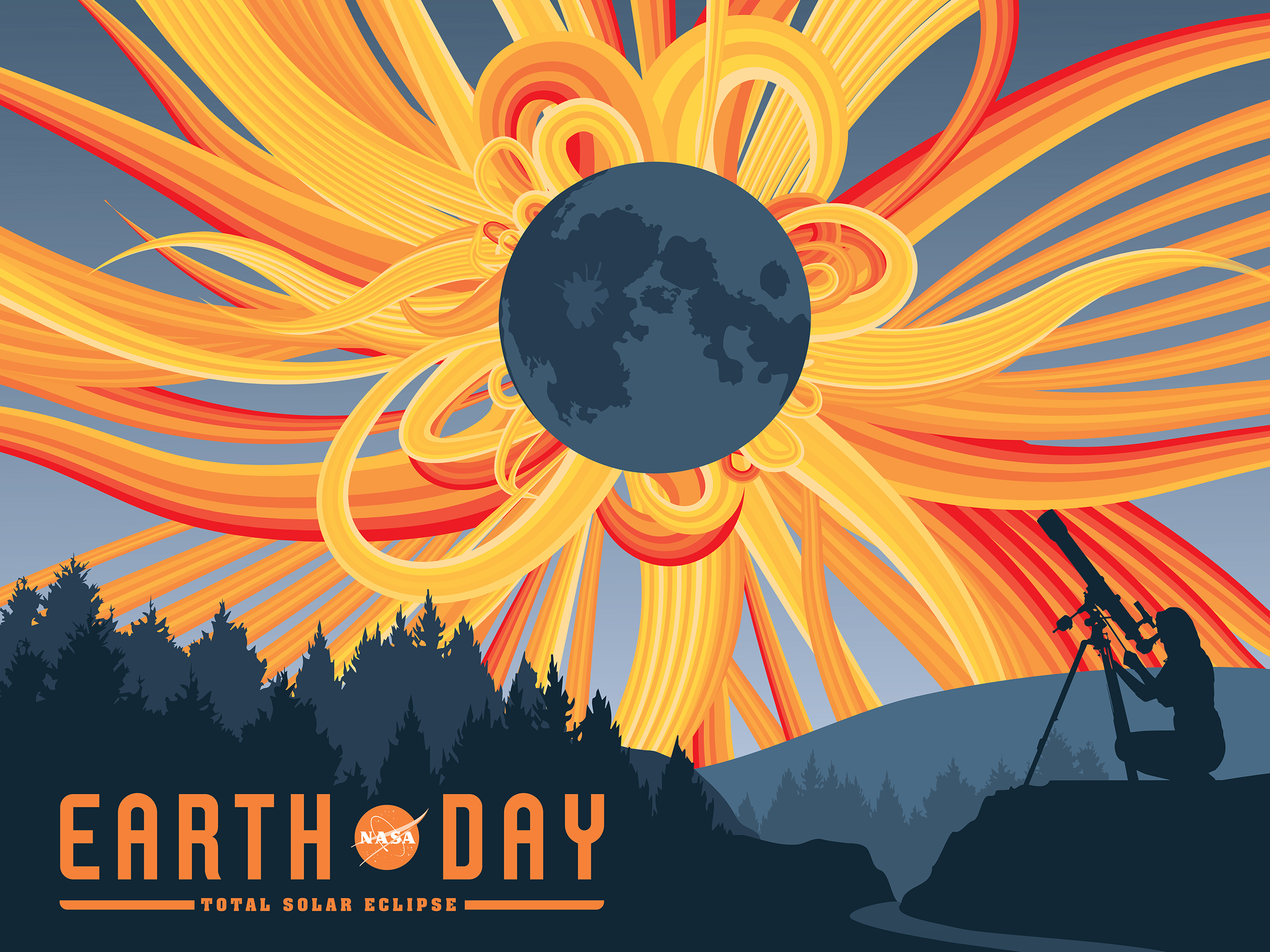
Earth Day Toolkit
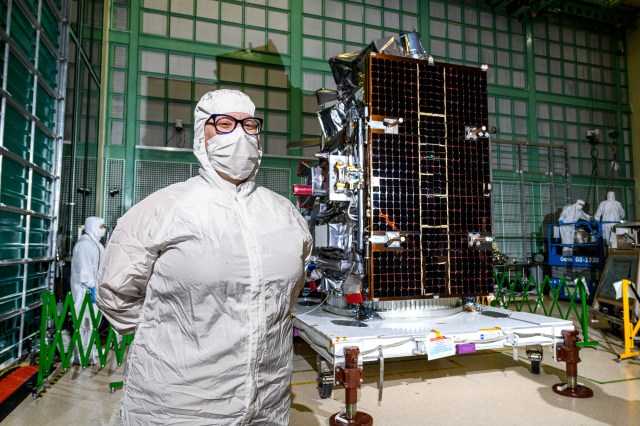
Veronica T. Pinnick Put NASA’s PACE Mission through Its Paces
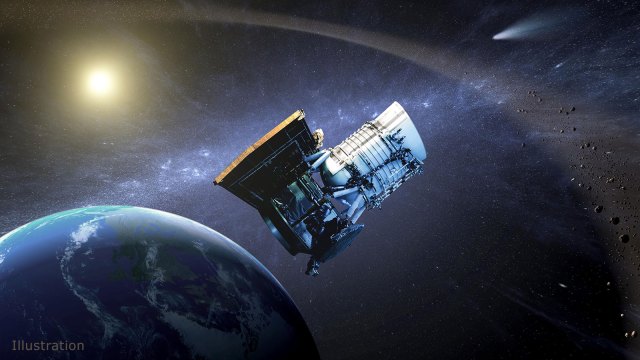
NASA’s NEOWISE Extends Legacy With Decade of Near-Earth Object Data
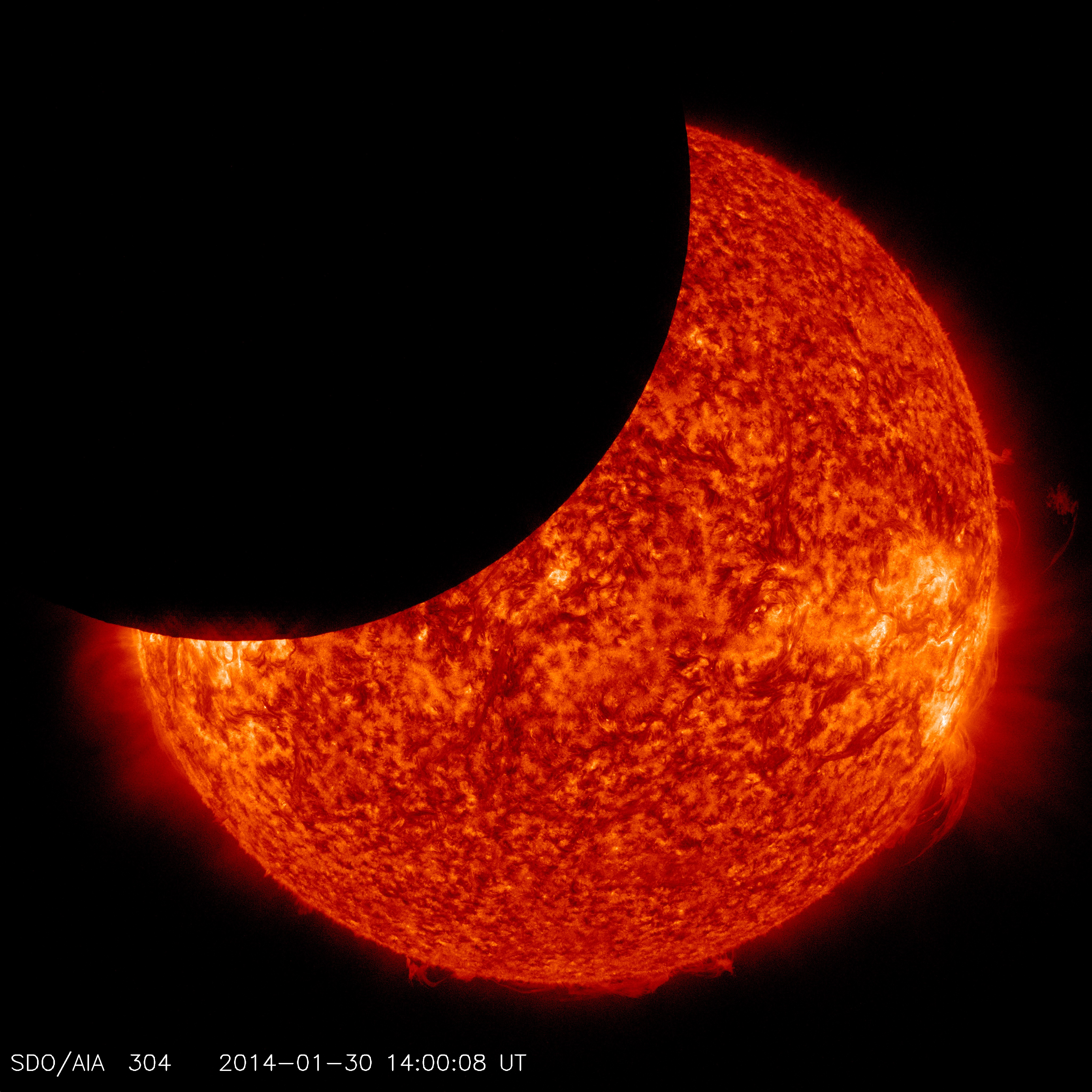
Harnessing the 2024 Eclipse for Ionospheric Discovery with HamSCI
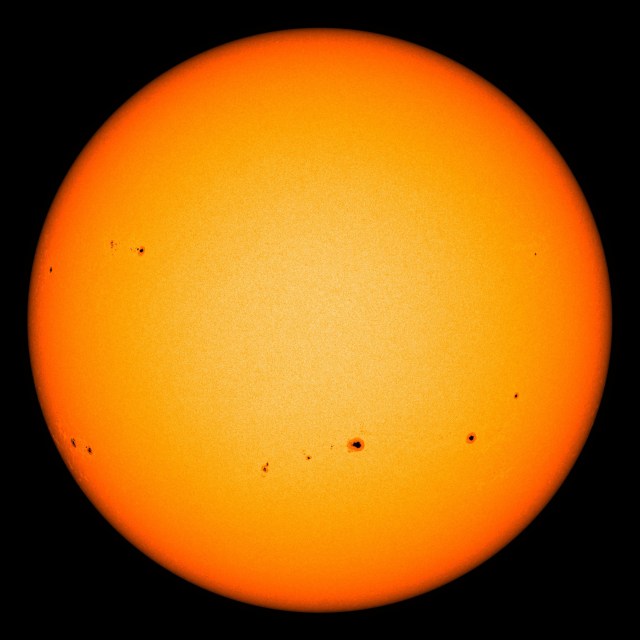
How NASA’s Roman Telescope Will Measure Ages of Stars
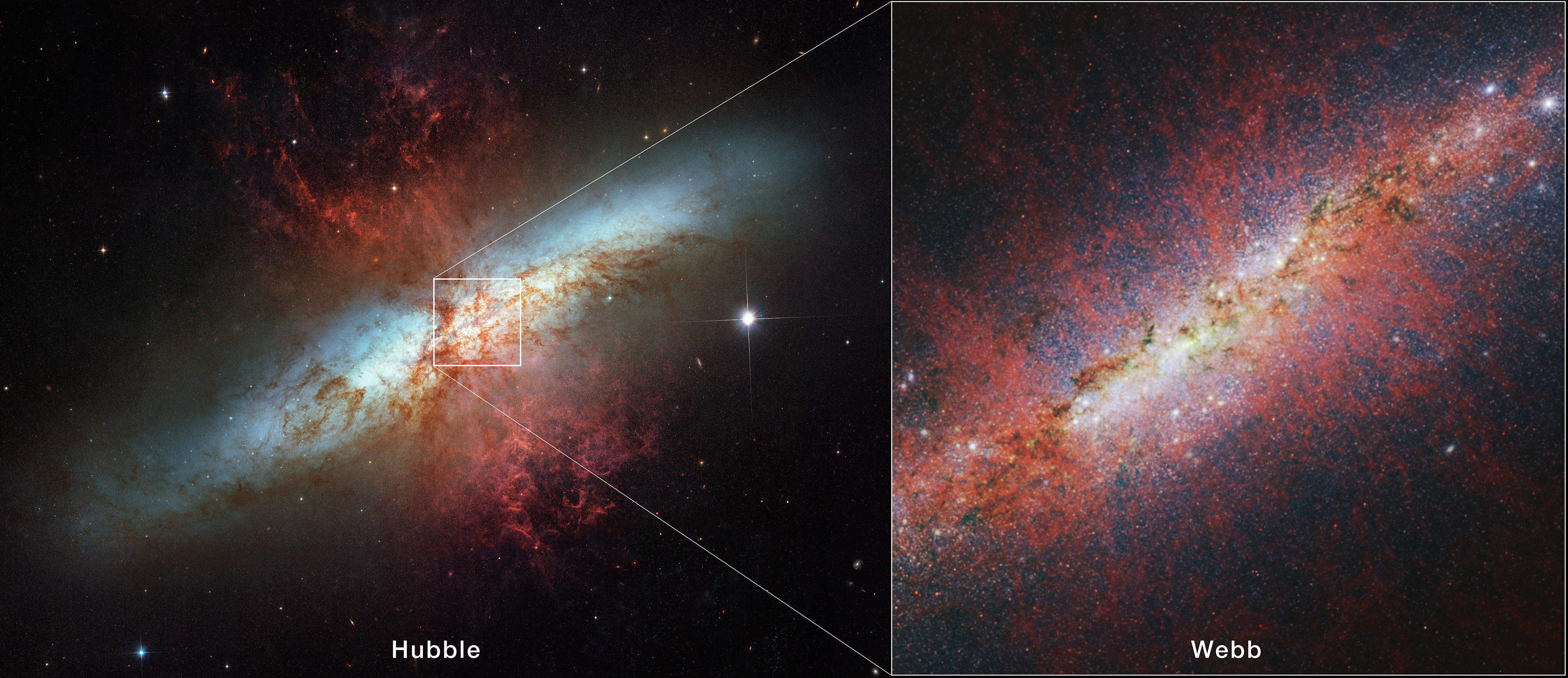
NASA’s Webb Probes an Extreme Starburst Galaxy
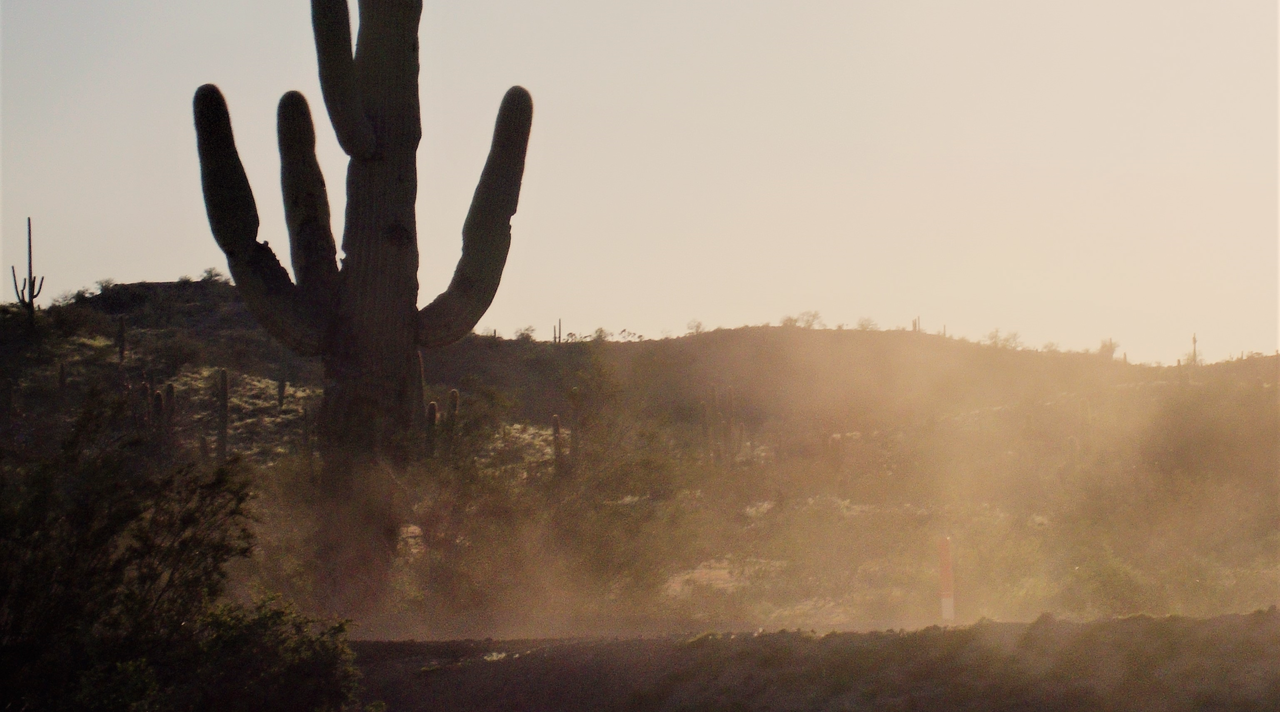
Amendment 8 A.44 Earth Action: Health and Air Quality Applied Sciences Team Final Text and Due Dates.

Introduction to Spectrum

NASA Langley Team to Study Weather During Eclipse Using Uncrewed Vehicles

NASA Noise Prediction Tool Supports Users in Air Taxi Industry

ARMD Solicitations

Tech Today: Synthetic DNA Diagnoses COVID, Cancer

David Woerner

Tech Today: Cutting the Knee Surgery Cord

NASA Partnerships Bring 2024 Total Solar Eclipse to Everyone
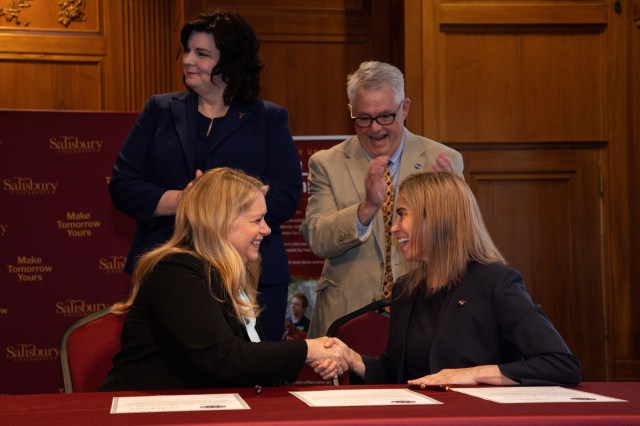
NASA, Salisbury U. Enact Agreement for Workforce Development
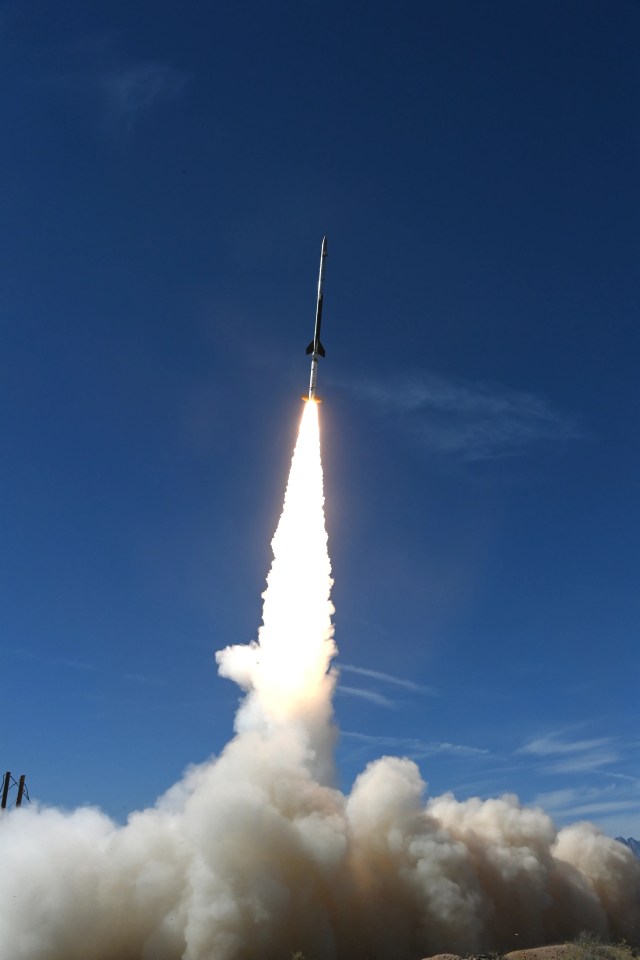
NASA Wallops to Launch Three Sounding Rockets During Solar Eclipse

Astronauta de la NASA Marcos Berríos

Resultados científicos revolucionarios en la estación espacial de 2023
Space station 20th: long-duration missions, johnson space center.
Space stations provide the capability to support long-duration human space flights and the research needed to study the effects of extended periods of weightlessness on humans. The results of the investigations will inform future human exploration missions. Prior to space stations, the longest flight lasted only 18 days, although at the time (1970) it set an endurance record. The small size of the spacecraft not only precluded a longer stay due to lack of storage for consumables but also limited any significant medical monitoring or countermeasures equipment.
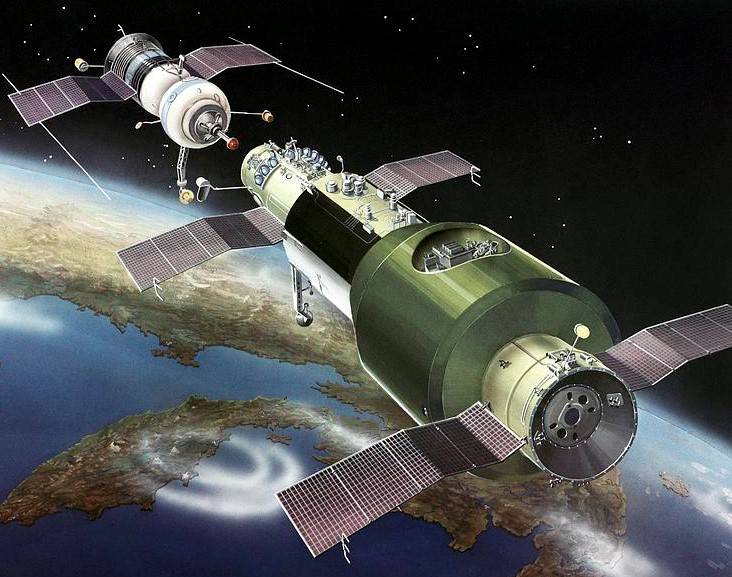
Beginning with the first experimental space station Salyut in 1971, a series of Soviet and American platforms through the 1970s and 1980s played host to numerous long-duration missions, many setting ever-increasing endurance records up to 237 days. Beginning in 1986, the Soviet then Russian space station Mir hosted numerous long-duration missions during its 15 years of operation, extending the human spaceflight endurance record to 438 days, completed by cosmonaut Valeri V. Polyakov in March 1995. His 14-month spaceflight, long enough for a round-trip journey to Mars, remains the longest single space mission to date. Between October 1994 and March 1995, Mir hosted the first long-duration flight by a woman, cosmonaut Yelena V. Kondakova. As she and Polyakov prepared to return to Earth, astronaut Norman E. Thagard joined them in March 1995 as the first American to live aboard Mir, the first long-duration mission of the International Space Station (ISS) Phase 1 Program, also known as the Shuttle-Mir Program. In March 1996, Shannon W. Lucid arrived aboard Mir to begin the first long-duration flight by an American woman.
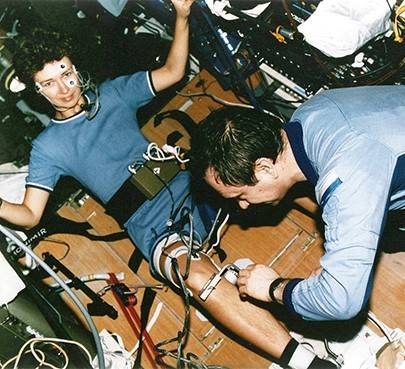
The ISS provides a platform where scientists can conduct multi-disciplinary international studies on the effects of long-duration spaceflight on human physiology and psychology using instruments and techniques that can be regularly updated to keep up with advancing technology. With ISS nearing 20 years of continuous occupancy by rotating teams of crewmembers, the various investigations have adequate numbers of subject experiences available to reach significant conclusions. The first long-duration crew of William M. Shepherd, Yuri P. Gidzenko and Sergei K. Krikalev arrived at ISS on Nov. 2, 2000. Their replacements, the Expedition 2 crew of Yuri V. Usachev, James S. Voss and Susan J. Helms, arrived on March 10, 2001, and included the first woman to complete a long-duration mission aboard ISS. During their mission, the Space Shuttle delivered the first research racks including the Human Research Facility Rack 1 dedicated to conducting studies on human adaptation to long-duration spaceflight. Additional facilities to support an expanded range of investigations arrived on subsequent Space Shuttle flights.
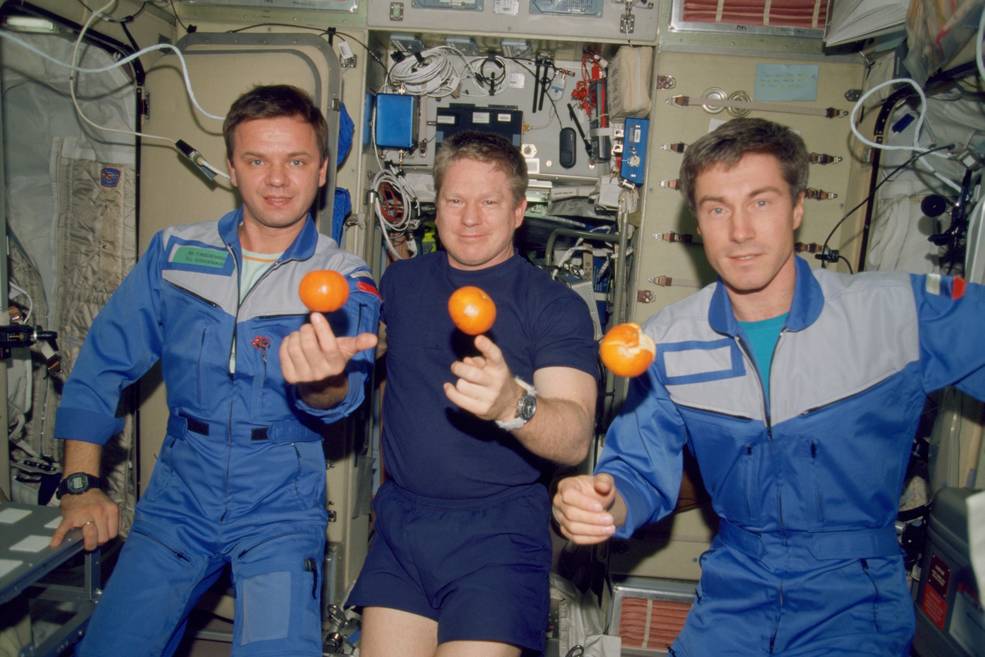
As of March 2020, ISS has hosted 170 long-duration crewmember flights of durations ranging from 48 to 340 days, with the majority in the five- to seven-month range. Of these, 152 were flown by males and 18 by females. In exchange for their contributions to the ISS Program, the European Space Agency (ESA) has conducted 13 long-duration missions, the Japan Aerospace Exploration Agency (JAXA) eight, and the Canadian Space Agency (CSA) three. The longest mission by an ESA astronaut was Luca S. Parmitano’s 201-day flight completed in 2020. Koichi Wakata holds the record for JAXA with his 188-day mission concluded in 2012, while Robert B. Thirsk’s 188-day flight in 2009 was the longest by a CSA astronaut.
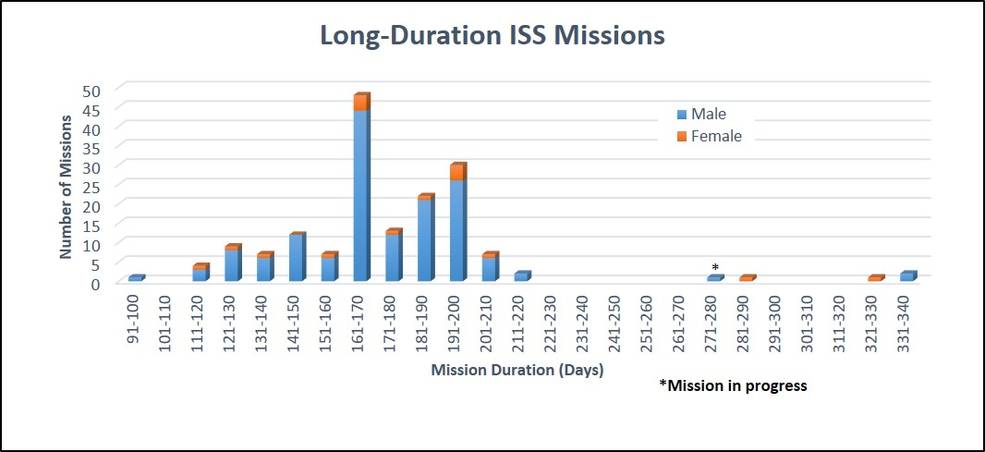
In November 2012, NASA and the Russian space agency Roscosmos agreed to jointly conduct a one-year mission aboard ISS to better understand the effects on humans of such a lengthy exposure to space flight. The two agencies selected veteran space travelers Scott J. Kelly and Mikhail B. Korniyenko as the two participants in the mission. The pair launched to ISS with fellow crewmember Gennadi I. Padalka on March 27, 2015, and landed 340 days later with cosmonaut Sergey A. Volkov on March 2, 2016. The two participated in 23 investigations across seven research disciplines before, during and after their stay aboard ISS as members of Expeditions 43, 44, 45 and 46. Scientists presented the preliminary findings of their studies in January 2017. More information about the experiments and their results is available here . Additional one-year missions aboard ISS are in the planning stages.
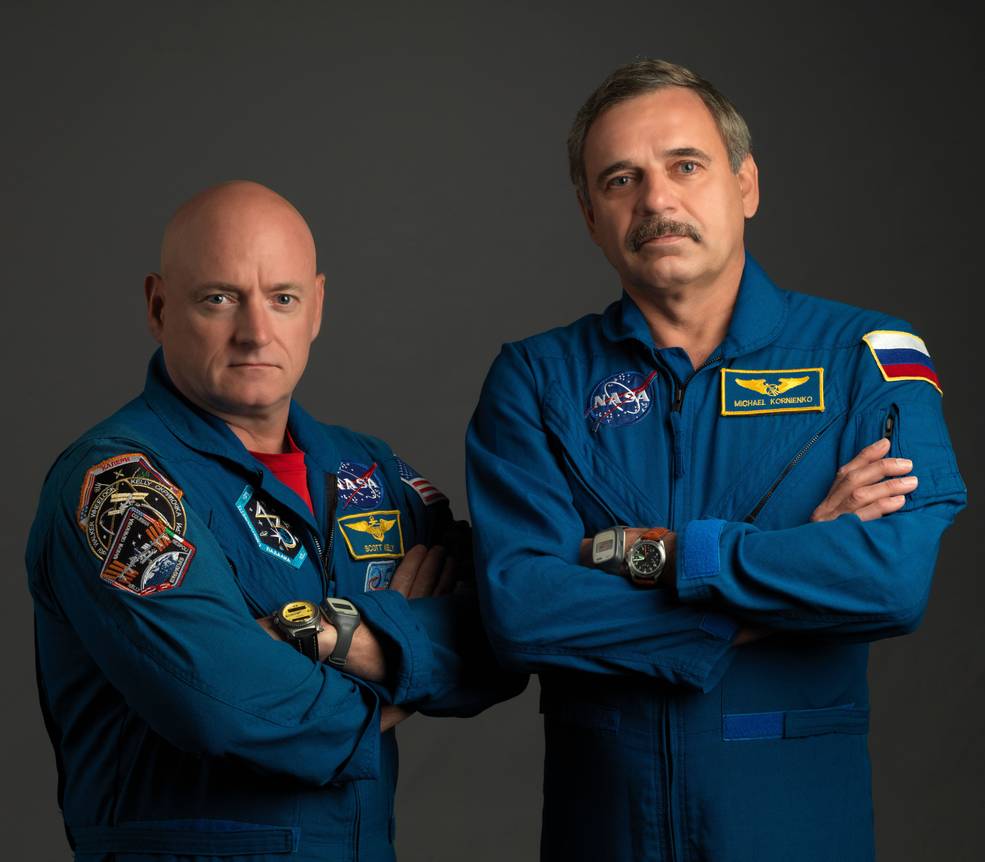
Of particular interest to scientists, Kelly’s selection as the American astronaut to participate in the one-year mission proved fortuitous: he has an identical twin brother, Mark E. Kelly, also an experienced astronaut. This provided a unique opportunity for scientists to study the effects of a one-year mission on one astronaut, using his twin with a virtually identical genetic profile as a ground-based control subject. Both astronauts agreed to participate in the NASA Twins Study , a panel of investigations looking into the health effects of the long-duration mission, with Scott conducting the experiments aboard ISS and Mark on the ground. After the mission, the investigators jointly published the results of the Twins Study in the prestigious journal Science . A short video describes three of the major findings.
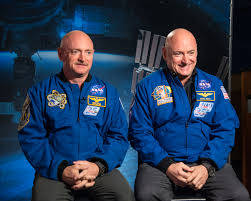
Astronaut Christina H. Koch holds the title for the longest single spaceflight by a woman after completing her 329-day mission in February 2020. Launched in March 2019, Koch participated in studies focused on standard measures , a consistent set of core measurements taken from all ISS crewmembers to characterize the effects of living in space for long durations. Investigations recorded measurements in the categories of behavioral health and performance, immunology, microbiology, biochemistry, sensorimotor adaptation and cardiovascular adaptation.
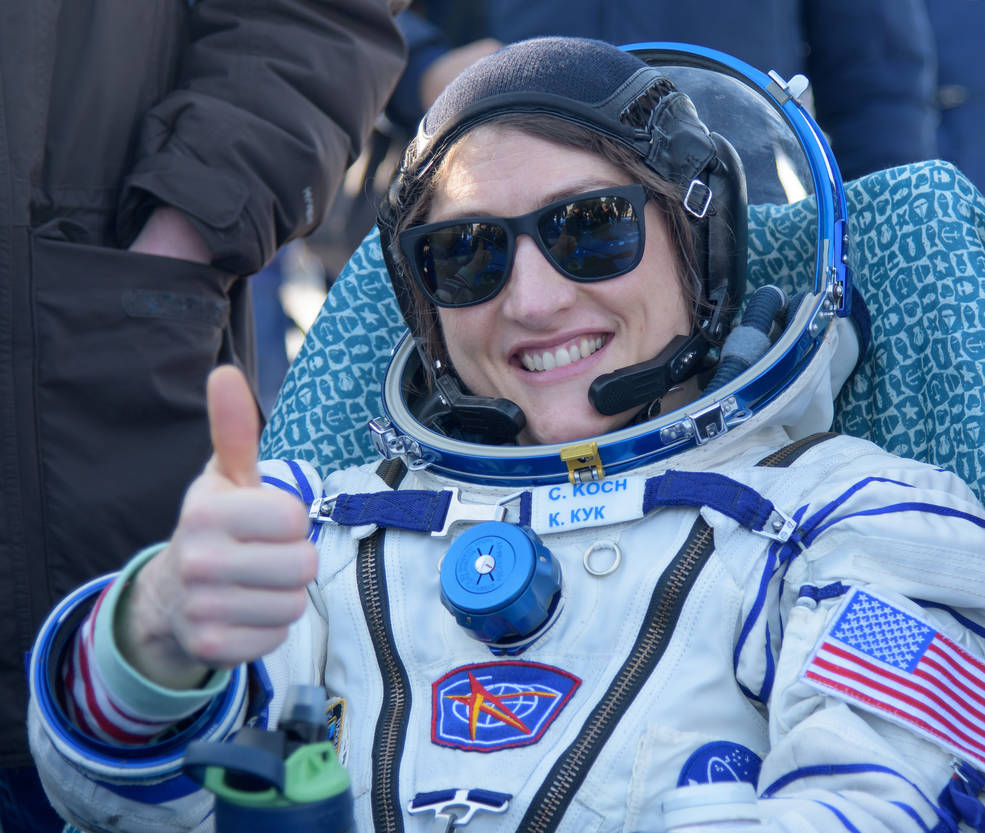
Russian cosmonaut Gennadi I. Padalka currently holds the title as the world’s most space traveled individual. Over the course of five long-duration mission, one aboard Mir and four aboard ISS, Padalka has accumulated 878 days in space, or nearly 2.5 years. In addition, Padalka also holds the record for the most birthdays celebrated in space , one during each of his four stays aboard ISS. Peggy A. Whitson holds the record for most cumulative spaceflight time for a woman as well as for any American astronaut. Over the course of three long-duration missions aboard ISS, she spent a total of 639 days or about 1.75 years in space.
Information gathered during these and future long-duration missions aboard ISS will provide the information needed for future programs to send the first woman and the next man to land on the Moon, for astronauts to live and work aboard the Gateway and one day undertake the first expedition to Mars.
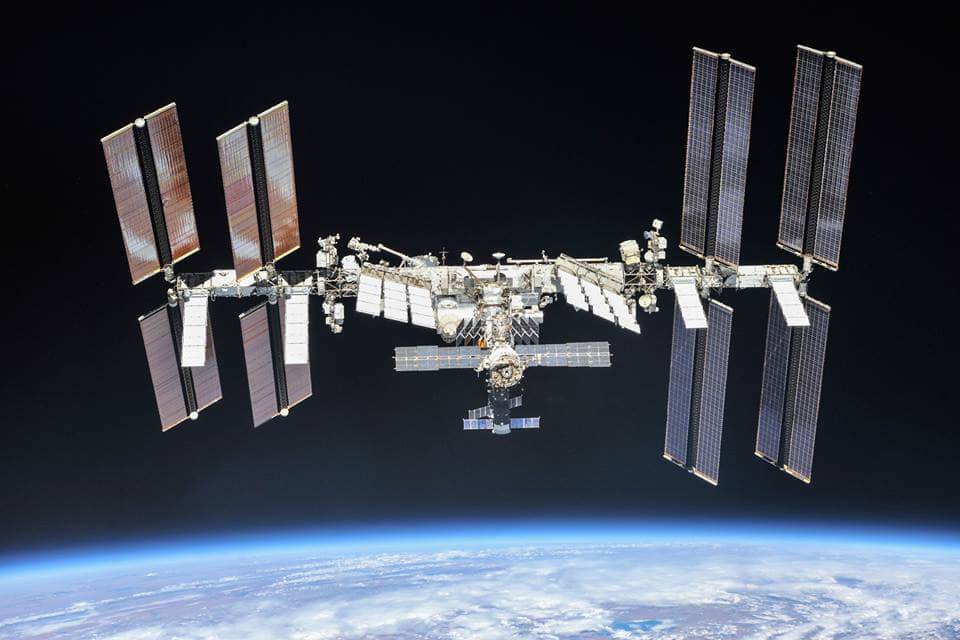
For more on ISS, click here . To learn about ISS research and technology, click here .

COMMENTS
the use of your mind to consider something. critical thinking. the process of thinking carefully about a subject or idea, without allowing feelings or opinions to affect you. fact. something that you know is true, exists, or has happened. opinion. a thought or belief about something or someone. grammar.
7C The Longest Journey in Space p.86-87. Flashcards. Learn. Test. Match. Flashcards. Learn. Test. Match. Created by. kieuptt. Terms in this set (30) space. the area outside the Earth. travel. the activity of going from one place to another place. space travel.
NASA astronaut Frank Rubio broke the record for the longest journey in space by an American, at 355 consecutive days as of Monday. Since September 2022, Rubio has been living on the International ...
Cosmonaut Valeriy Polyakov looks out space station Mir's window during his 438-day flight in 1994-1995. Timeline of longest spaceflights is a chronology of the longest spaceflights. Many of the first flights set records measured in hours and days, the space station missions of the 1970s and 1980s pushed this to weeks and months, and by the 1990s the record was pushed to over a year and has ...
At the 190-hour and 55-minute mark, Apollo 7 surpassed Gemini 5's time in space to become the second longest American spaceflight, a position it held until Apollo 15 in 1971. At this point they also passed the expected duration of a lunar landing mission, proving that the Apollo spacecraft and its crew could operate successfully for that ...
NASA astronaut Frank Rubio set a new record on Monday, Sept. 11 for the longest single spaceflight conducted by a U.S. astronaut. Rubio arrived aboard the International Spa ce Stat ion on Sept. 21, 2022, and returned home on Wednesday, Sept. 27, after spending 371 days in low-Earth orbit. His mission breaks the previous record, held by NASA ...
The iconic Voyager 2 spacecraft celebrated its 35th birthday Monday (Aug. 20) in a milestone for NASA's longest-running mission ever. Voyager 2 launched in 1977 just 16 days before its twin ...
Their mission was a resounding success, speeding the Apollo program ahead to reach the Moon by the end of the decade. Apollo 7 launched from Cape Kennedy, Florida, October 11, 1968. Onboard was a ...
Voyager, NASA's Longest-Lived Mission, Logs 45 Years in Space. This archival image taken at NASA's Jet Propulsion Laboratory on March 23, 1977, shows engineers preparing the Voyager 2 spacecraft ahead of its launch later that year. Launched in 1977, the twin Voyager probes are NASA's longest-operating mission and the only spacecraft ever ...
The longest continuous stay in space is also held by a Russian named Valeri Polyakov, who spent 437 consecutive days onboard the former Mir space station between 1994 and 1995.
The trio departed the International Space Station in their Soyuz MS-13 spacecraft at 12:50 a.m. For Parmitano and Skvortsov, this landing completed a 201-day stay in space, 3,216 orbits of Earth and a journey of 85.2 million miles. Koch's first journey into space became a 328-day mission in which she orbited Earth 5,248 times, a journey of ...
Jet Propulsion Laboratory, Pasadena, Calif. 818-354-6425 / 818-354-0724. [email protected] / [email protected]. Humanity's farthest and longest-lived spacecraft, Voyager 1 and 2, achieve 40 years of operation and exploration this August and September. Despite their vast.
The Longest Journey is a game mostly about listening to dialogs, watching April run around, collecting items, reading about history and solving some impossible puzzles. ... Put the OXYGEN on the space pod. Press the yellow button that appeared close to your screen. Talk to Adrian. Fly to the last chapter 13! Chapter 13 - The Longest Journey ...
In 1973 Concorde broke the record for the longest total solar eclipse in history by extending totality to 74 minutes. ... If you capture a photo of the April 8 total solar eclipse and would like ...
A review of director Ido Mizrahy's new documentary, "Space: The Longest Goodbye," which examines the toll that long-duration spaceflight can have on mental health.
Study with Quizlet and memorize flashcards containing terms like spacecraft, voyager, solar system and more.
Astronaut Frank Rubio has now been in low-Earth orbit for more than 355 days, breaking the record for the longest space mission by a US astronaut. CNN values your feedback 1.
NASA via AP. Astronaut Frank Rubio is back from space, after breaking the record for the longest space trip in history by an American. After spending 371 days in space, Rubio landed in Kazakhstan ...
Johnson Space Center. Mar 02, 2020. Article. Space stations provide the capability to support long-duration human space flights and the research needed to study the effects of extended periods of weightlessness on humans. The results of the investigations will inform future human exploration missions. Prior to space stations, the longest flight ...
Prior to space stations, the longest flight lasted only 18 days — although, at the time (1970), it set an endurance record. ... His 14-month spaceflight, long enough for a round-trip journey to Mars, remains the longest single space mission to date. Between October 1994 and March 1995, Mir hosted the first long-duration flight by a woman ...
April 5, 2024. Millions of people will be in the path of totality for the upcoming solar eclipse. But who gets the longest view of the moon blocking the sun?
space (n) khoảng trống, chỗ trống. island (n) đảo. disease (n) bệnh. variety (n) giống, loại. chili. Sets found in the same folder. Unit 6 a_ Life A1-A2. 11 terms. kieuptt. Unit 6 B - A1-A2. 11 terms. kieuptt. 7C The Longest Journey in Space p.86-87. 30 terms. kieuptt. 7D & 7E. 10 terms. kieuptt. Other sets by this creator ...